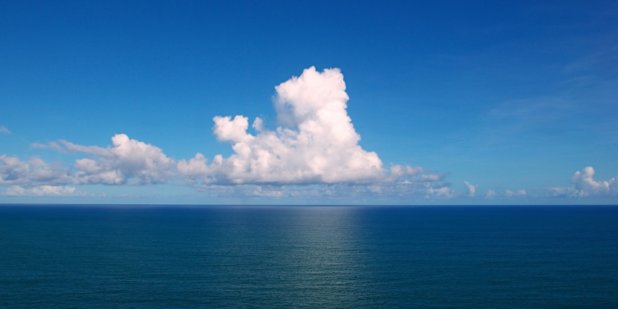- About
- Topics
- Story
- In-Depth
- Picks
- Opinion
- News
- Donate
- Signup for our newsletterOur Editors' Best Picks.Send
Read, Debate: Engage.
SOURCE will create more than 40,000 liters of renewably sourced water from air through hydropanels powered only by sunshine, for the 100 students, teachers and their families at the local school over the next 15 years.
The Beam asked Rob Bartrop, chief revenue officer at SOURCE Global, how this technology provides a lifeline to indigenous communities.
The Beam: How was the project for SOURCE hydropanels born?
Rob Bartrop: Binta’t Karis lacked a reliable and clean water source, resulting in ongoing health and conservation challenges to the community. The area has limited water infrastructure, most of which is powered by gravity to reach communities at the base of the mountains, but this does not serve the people of Binta’t Karis, who live at a higher elevation.
Now, families and students at Binta’t Karis Elementary School will have access to clean, safe drinking water which will serve as a focal point of the community by providing this resource to its inhabitants.
SOURCE’s hydropanels are solar-powered and only need sunlight and air to produce the drinking water they generate. SOURCE hydropanels are the only off-the-grid technology that can generate pure, high-quality drinking water without a source of water or electricity and that can be taken to scale.
Unlike most water, which starts dirty and must be cleaned, the high integrity of the hydropanels captures pure water, which SOURCE makes taste even better through mineralisation. To protect the quality of SOURCE water, the hydropanels filter the air before it passes through the system, then the water is kept clean with ozonation inside the integrated reservoir.
How do SOURCE hydropanels involve locals and improve their lives, in particular the ones of vulnerable people?
As a result of the project, community members now don't have to dig out the river banks for water, or carry it in heavy containers to their homes, and this summer when the river dries up, there won’t be worry about where they can get drinking water as there is an accessible and consistently available source, obtained in a sustainable, environmentally-friendly manner.
Providing clean, healthy freshwater that is easy to access will improve health and will allow those who previously dedicated time to collecting it, predominantly mothers and teenagers, to focus on other activities that benefit themselves and their families.
The project was installed in mid-2020, which provided a number of challenges related to the remoteness of the site and the heavy impact of COVID-19 in the Philippines, which restricted inter-island travel. SOURCE was able to partner with the local community and local installation partners to overcome the remoteness and travel restrictions and deliver the much-needed infrastructure in a time of extreme vulnerability.
What are the main water sources in the Philippines now? What changes do you hope to see taking place soon?
The Philippines countries have made huge progress in the quality and availability of drinking water in urban parts of the country, especially Manila. However, the technologies supporting this success - centralised treatment plants and pipelines - are not able to serve the more isolated and lower density parts of the country, which includes more than 7,000 islands.
For this reason, we have seen two growing trends in the policy space. First, the use of existing water sources such as rainwater, surface water and bore water for non-potable purposes such as farming, cleaning and sanitation. Second, the use of independent, decentralised technologies like SOURCE that can leapfrog infrastructure and provide high-quality drinking water to communities in the same way that mobile telephones and solar PV have succeeded in other industries.
SOURCE provides hydropanels to indigenous peoples around the world from Palawan in the Philippines to indigenous communities in Australia and Navajo Nation in the US, just to name a few. We are dedicated to providing renewable, sustainable water for every person on the planet and it is already operating in 47 countries across five continents.
SOURCE Global will continue to work to provide hydropanels to indigenous communities and will work closely with Conservation International to see where else they can create a positive impact with indigenous groups in the region.
Emanuela Barbiroglio is a Brussels-based journalist focusing on environmental issues and EU politics. Her work has been published in Al Jazeera, Euronews, Forbes.com, and The Beam, among other publications.
This article was originally published on FairPlanet on 11 March, 2021 in collaboration with The Beam.
Image: SOURCE Global.
